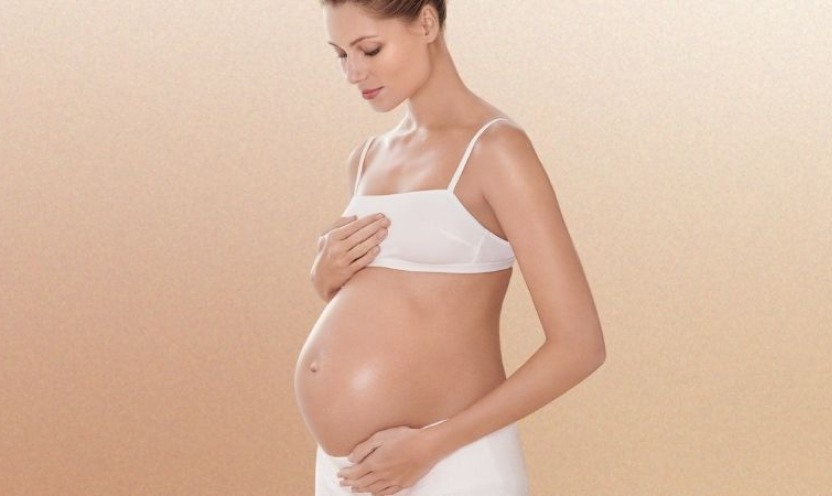Your Complete Pregnancy Safe Self-Tan Guide

A whopping
The sun is not even an option because there’s
In this guide, we will answer one common question: Can you fake tan while pregnant? Here’s a look at pregnancy-safe fake tan, the safest ways to get a golden glow, and harmful ingredients you must avoid.
Can you fake tan while pregnant?
Yes, but with exceptions. The
Can self-tanning cause congenital disabilities?
Chemicals found in fake tan
Expecting and nursing mothers are advised to avoid spray tan when pregnant and tanning booths. There is no proof that self-tanners cause direct harm to babies, although authorities caution against their usage.
Experts say the biggest concern with spray tans is that you can easily inhale or ingest the solution, which means DHA (dihydroxyacetone—a chemical derived from sugar that gives tanners their colour when it comes into contact with your skin) is getting into your lungs and then into your bloodstream.
The only way that DHA could affect the baby is if it enters through the placenta or is applied to one of your mucous membranes. The FDA states that DHA shouldn’t be used in areas covered by mucous membranes, including the lips, nose, or eyes.
When it comes to fake tan and breastfeeding, there is no need to avoid self-tanners as they cannot contaminate the breast milk. However, ensure your tanner is fully dry before allowing contact with your baby to avoid staining their skin or causing an allergic reaction.
Our tip: Do an allergy patch test for pregnancy-safe fake tan.
Experts recommend doing a patch test first as pregnancy hormones can change your potential to react – and it may be more sensitive than usual.
Also, many self-tanners are scented or coloured, so it’s better to check you don’t react to its ingredients.
You need to apply a small amount of product to a patch of skin and see if you experience any irritation.
What is the best fake tan when pregnant?
Our safest bet for the best fake tan when pregnant is self-tanning through external application in the form of gels, lotions and creams as DHA is made of large molecules, making it difficult to penetrate the skin. In addition, it doesn’t absorb beyond the first layer of skin.
Products are all formulated with 99% natural origin and are powered with Clarins self-tan complex, a combination of naturally sourced DHA and erythrulose. Plus aloe vera and figs extract for a boost of hydration.
Liquid drops:
The
For the body – Mix four to six drops with your body care product – it works best with
For the face – Mix two or three tanning drops with any face care products, ideally day or night creams.
Lotion:
After
